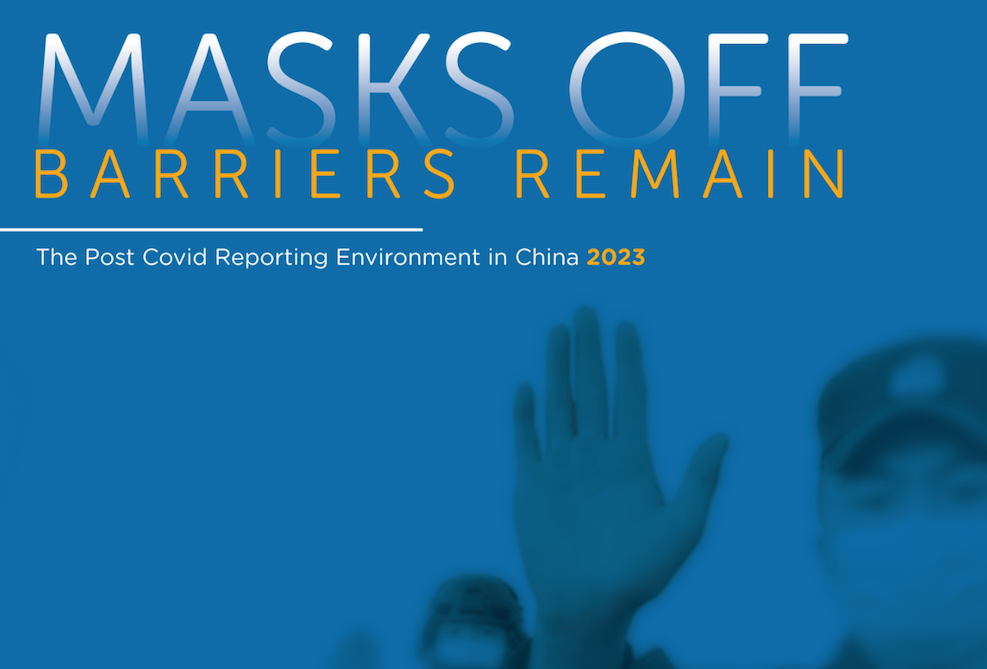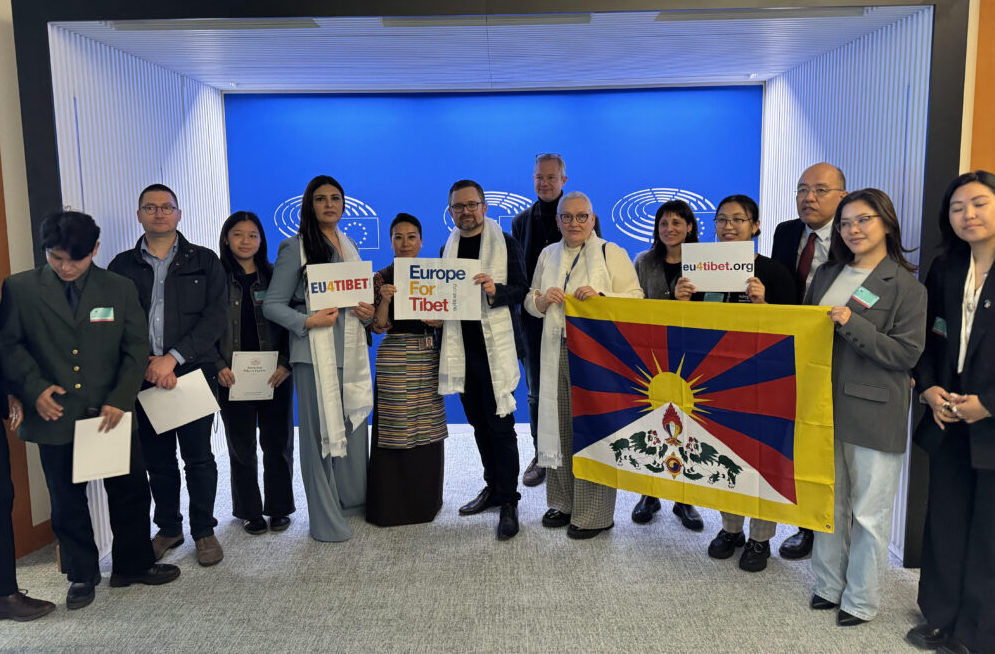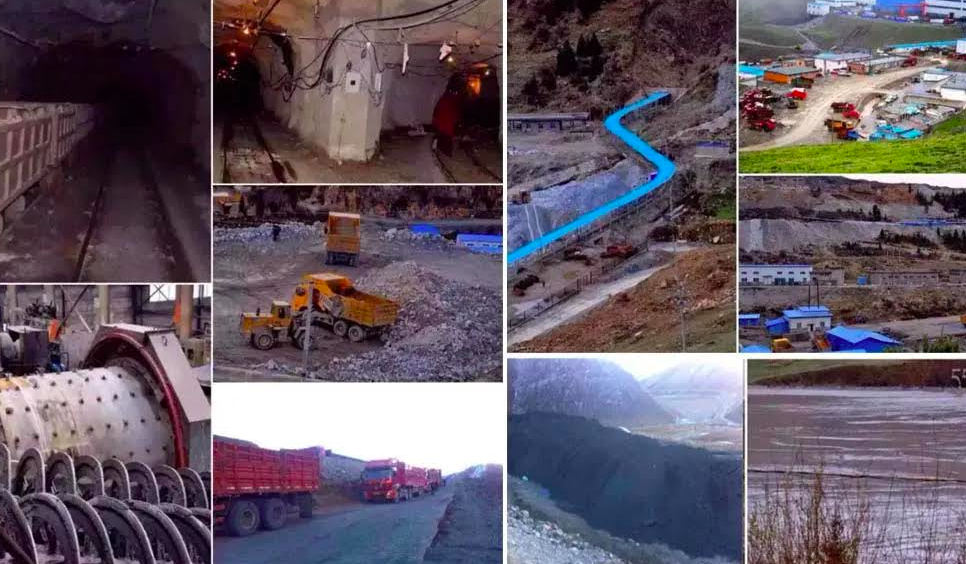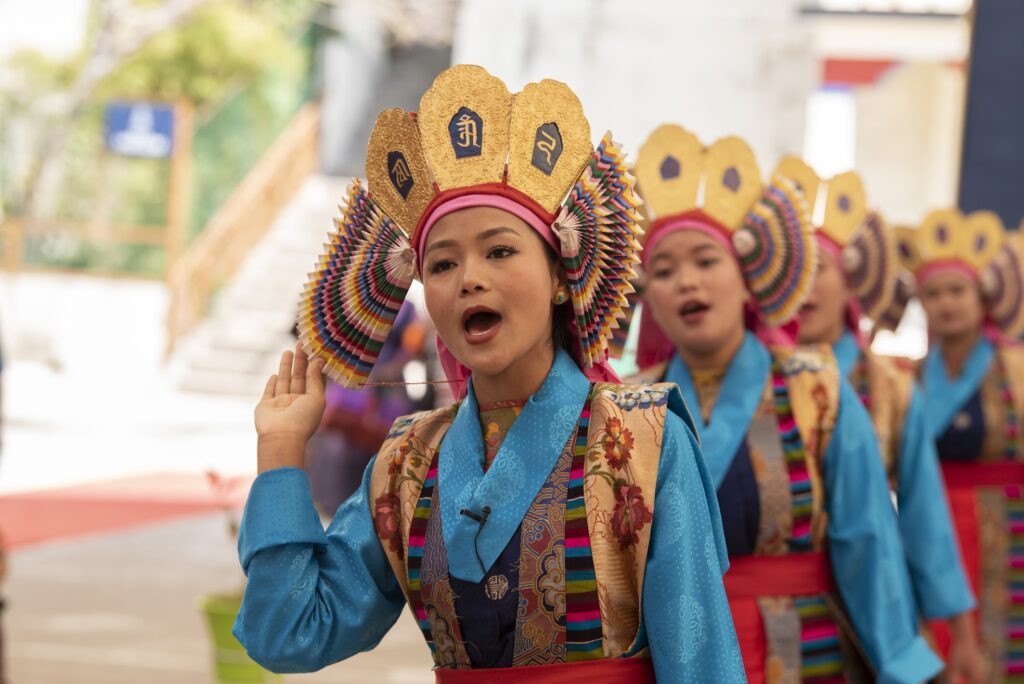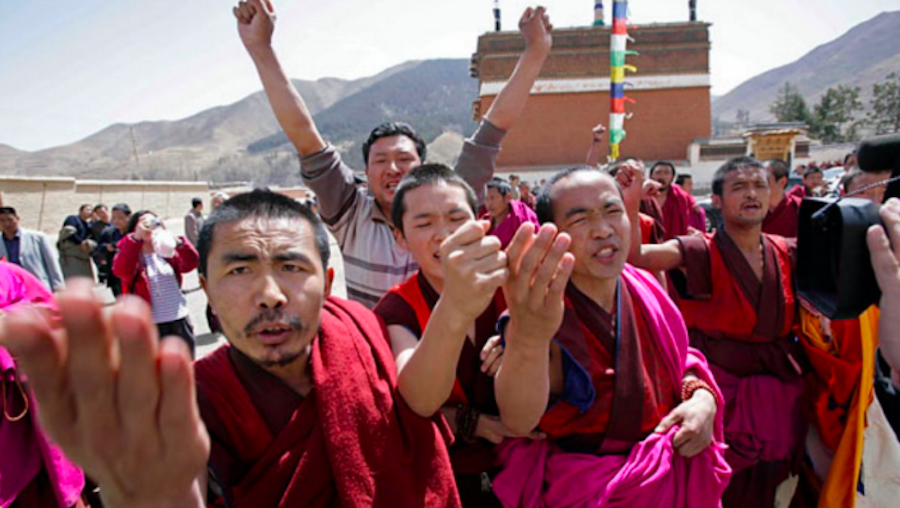By Tenzin Nyinjey
The pressing question on every one’s mind when it concerns the fate of Tibetan struggle is this. Will the perfect unity, as symbolized by His Holiness the Dalai Lama’s leadership, will survive post his political retirement? Will the political successor, Kalon Tripa Dr. Lobsang Sangay, be able to fill in the (political) shoes of His Holiness the Dalai Lama?
For many years, scholars, academics and journalists around the world have been observing and commenting on this significant issue. Most of them have a pessimistic view. During my private conversations with Tibetan and non-Tibetan watchers, they even have had the audacity to assert that the exile Tibetan institution, represented by Tibetan Administration in Dharamsala, will eventually lose its relevance as a serious contender to claim the rightful ownership of Tibet. They back up this argument by citing what they observe as some sort of chasm that exists between Tibetans within and outside Tibet.
Most of the Tibetans in exile are understandably annoyed when they hear such comments. But if we take care to think it through with a calm and open mind, we might come to the understanding that Tibet observers do have a point when they make such speculations.
Their speculation stems mainly from the fact that Tibetans within and outside Tibet have been physically estranged from each other for many decades by the Himalayan ice-curtain. Add to this, the complicating fact that both of them have been brought up under different social, political and economic conditions within the past more than fifty years.
Amid all such reservations, however, there has been one lone prophetic voice whose faith and trust has never been shaken as to the ability of Tibetan leadership and the Tibetan people about managing this conundrum. This voice is none other than that of His Holiness the Dalai Lama, who has invariably kept his hope alive, despite all the despair, in resolving the Tibetan issue peacefully—the only leader who has never doubted the ability of Tibetan people to manage the difficult political transition after devolving his political power to an elected leader. Because of the democratic reforms that he initiated in Tibetan society, he has been confident of Tibetan leadership and Tibetan people carrying forward the movement to its logical conclusion. This trust was clearly expressed by His Holiness during the oath-taking ceremony of the newly-elected Kalon Tripa Dr. Lobsang Sangay in August last year:
When I was young, the elderly regent sTak brag Rinpoche handed over Srid Skyong to me, and today I am handing over Srid Skyong to young Lobsang Sangay. In doing this I have fulfilled my long-cherished goal.”
The key here, I reckon, is the word Srid Skyong, rather than that of the popularly known term Kalon Tripa, and the deep satisfaction, a sense of ease that His Holiness felt when he fulfilled his “long-cherished goal.” In other words, His Holiness knew he achieved a successful and smooth transfer of the legitimate government of independent Tibet, the dge ldan pho ’brang authority, to Dr. Lobsang Sangay—truly a historic moment as symbolized by handing over of the seals of the bKa shag, established during the reign of the Seventh Dalai Lama in 1751, to the young leader. All reservations regarding the legitimacy of the new Tibetan political leader, if there were any, should have been laid to rest there, as succinctly analyzed a few days later by Buchung D. Sonam in one of his opinion pieces published on phayul titled ‘Legitimacy beyond Doubt.’
However, journalists, scholars, academics, in their pursuit of truth, kept on with their skepticisms, questioning, both overtly and covertly, Kalon Tripa’s legitimacy and his capability to ‘fill in the shoes of His Holiness the Dalai Lama’ with their scholarly rigor and intellectual sophistication. Such an interrogation is legitimate, for, as the English saying goes, the ‘devil lies in the detail.’ But what is unfortunate to me is that many of the skeptics, with due respect to them, appear to have missed the flip side of this great wisdom, that is, in their attempt to find the devil in details, they seem to have missed the angel! In other words, they appear to have underestimated the full magnitude of this important issue and the spirit of the Tibetan people to hang on to their hope for rejuvenation.
I respect the voices of academics, journalists and scholars on our struggle. I welcome them with open arms. They are must in any progressive society. Their insightful thoughts often enlighten me. So, I keep an open mind to their speculations, doubts and criticisms. However, what ultimately gives me hope and inspiration when it comes to the fate of our struggle is not the voices of journalists, writers, scholars, critics and politicians, but the spirit of the Tibetan people, especially Tibetans within occupied Tibet.
And such spirit has often been expressed through various means in recent times—non-violent protests, songs, poetry, essays, paintings and so on. A case in example is the latest writing by group of Tibetan writers from within occupied-Tibet. Here’s a translation of an excerpt:
Amid oppression, despair, lies, deception and loss, our voices of sorrows muzzled, only upon you, Kalon Tripa, we pour our deep inner longings for freedom! If the untold suffering and misery of us six million Tibetans, including our lives, becomes a source of courage for you, we will not have a shadow of regret!
[OPINION-DISCLAIMER]





